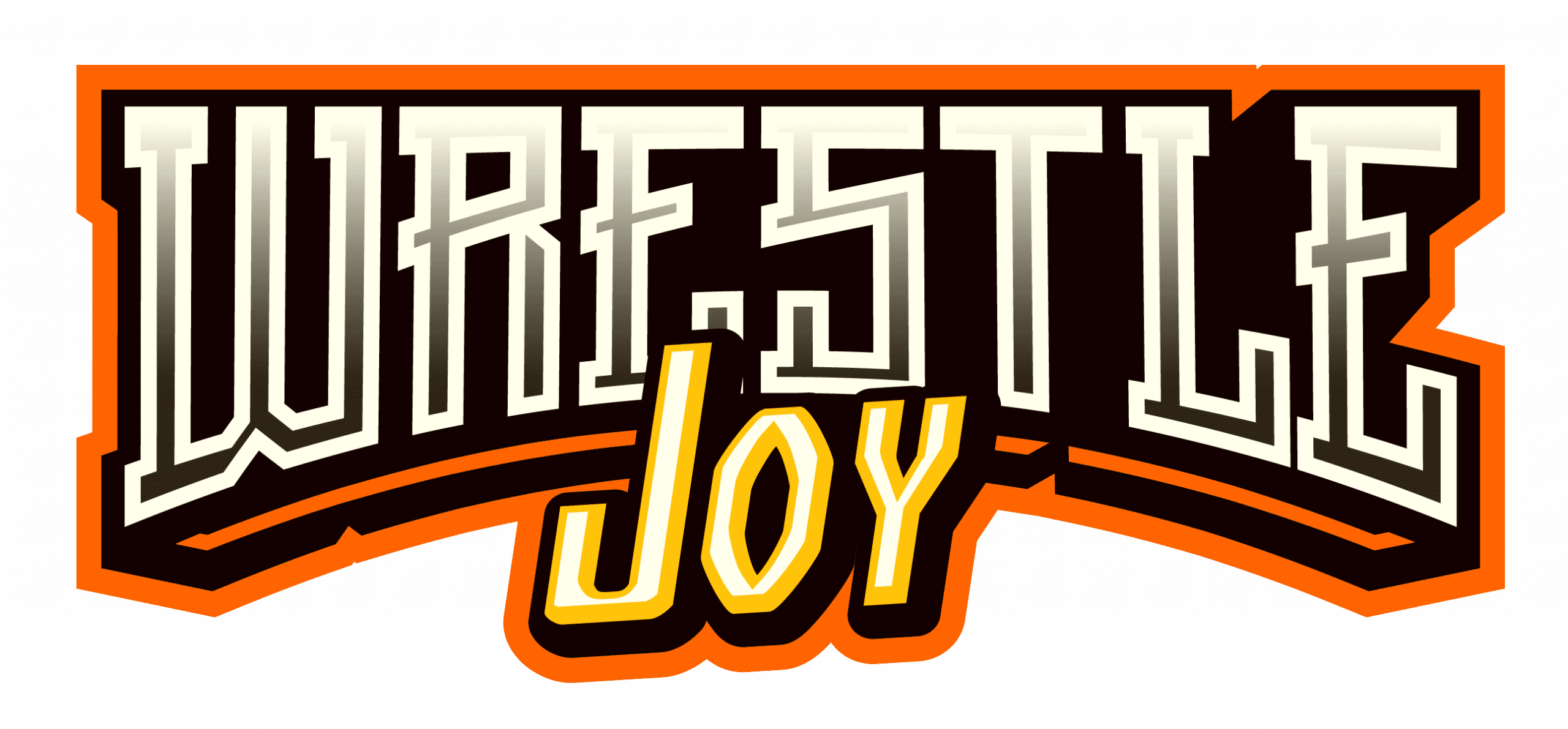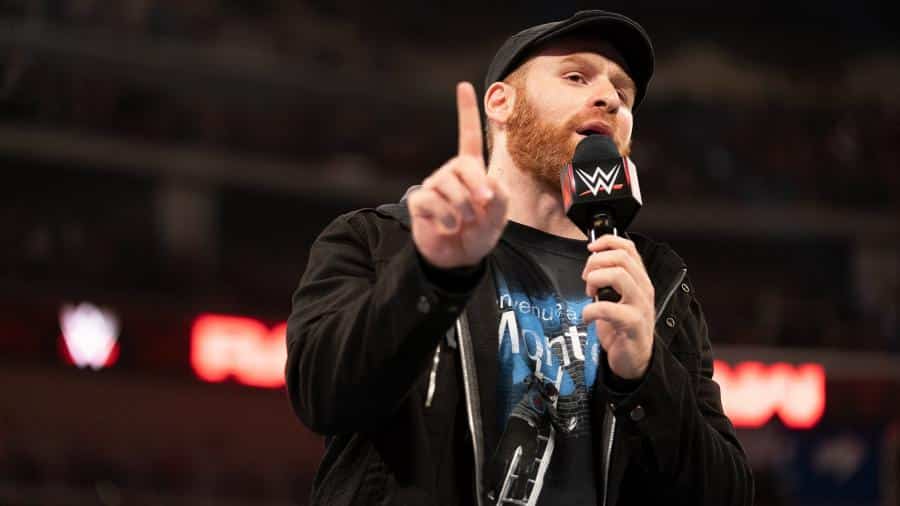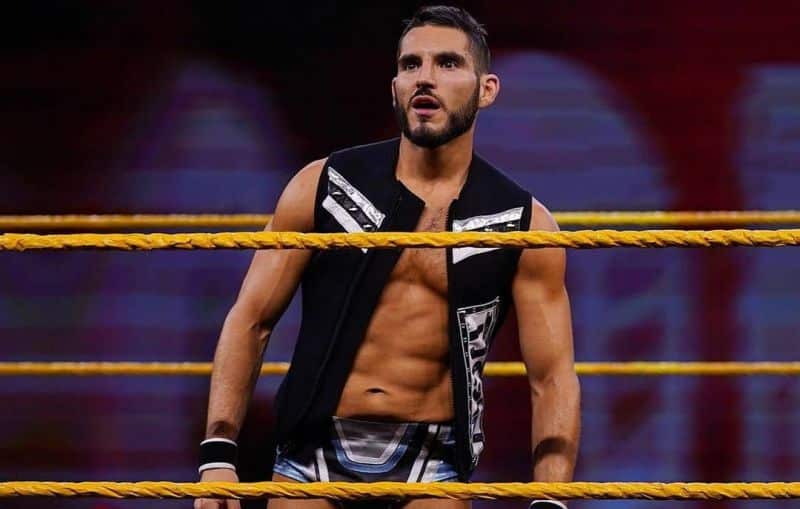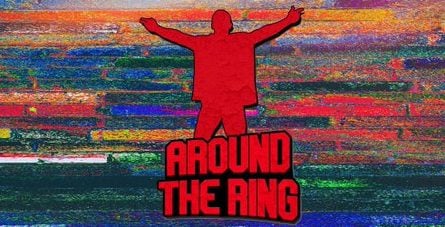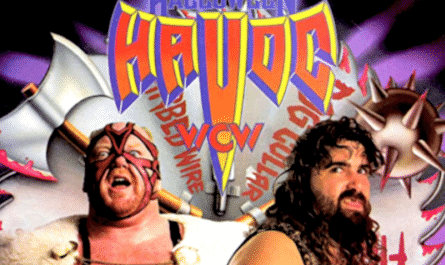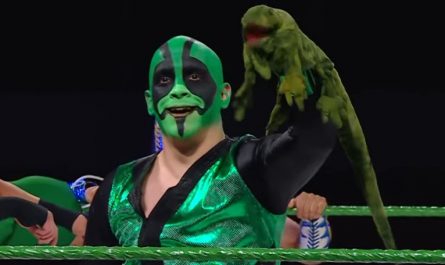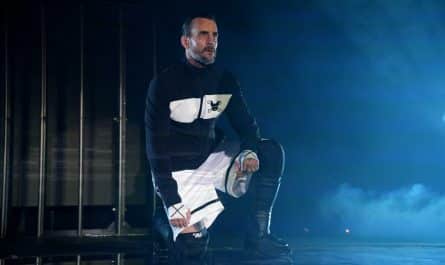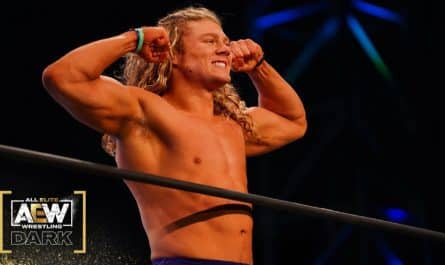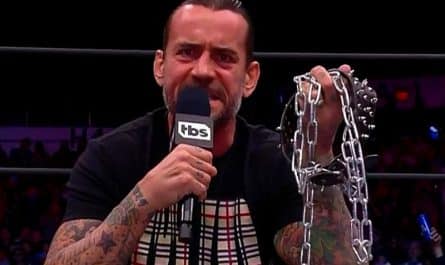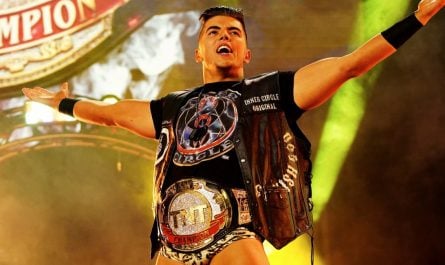What fan hasn’t fantasy booked their favorite promotion?
Like film or comics, wrestling can inspire fans to open their imaginations to fashion what they would like to see play out in arenas and on television screens. Sometimes it’s a healthy hobby. Other times it can color a fan’s perceptions because often, reality fails to live up to what we’ve built up in our minds. But what if you had the chance to shape the stage in which your favorite players perform? What if one of the most powerful men in the wrestling business asked for your help? What would you say?
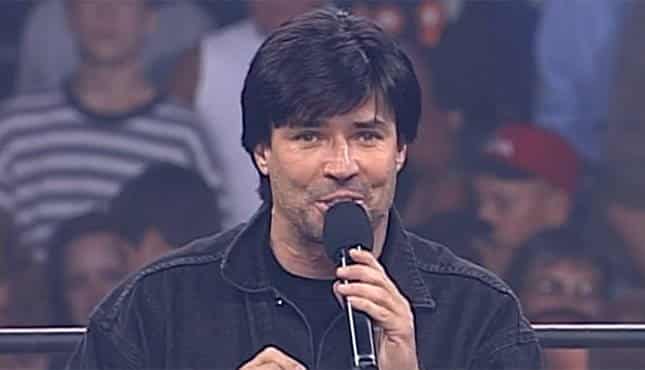
As crazy as that may seem, this happened to John Muse in the late winter of 2001. Eric Bischoff was in the middle of trying to wrestle back control of WCW under the failed Fuscient Media Ventures. The saga of Bischoff’s trials to regain and own World Championship Wrestling has been well chronicled in Nitro: The Incredible Rise and Inevitable Collapse of Ted Turner’s WCW by Guy Evans. This isn’t that story. Instead, let’s look at the unlikely story of a fan who was given the opportunity to help reshape a company before reality, unfortunately, changed the direction of the professional wrestling landscape. What if Eric Bischoff had successfully saved WCW? What might that have looked like, and how would a fan like John Muse have contributed?
John Muse was an ordinary wrestling fan from Michigan with love for the wrestling business and writing. With his passion for both, he was a natural subscriber to Dave Meltzer’s Wrestling Observer Newsletter. In the 80s, Dave Meltzer became the number one journalist in the professional wrestling world, collecting subscribers from across the globe. Included in those subscriber lists were (and still are) some of the most influential minds in the business, including a young fan from Champaign, Illinois named Tony Khan.
Muse began writing to Dave (who’s been on a first-name basis with his fanbase since the mid-80s) in 1989, pitching ideas for where he thought storylines in both WCW and WWF could go. Dave liked Muse’s creative spark, and the two have remained friends for over thirty years. Meltzer’s friendship helped open a door that even Muse didn’t really think possible.
In 2000, the AOL-Time Warner merger made WCW, thanks to less-than-creative bookkeeping and bad decisions, insolvent. Bischoff wanted to take control of the company away from the internal politics of Turner brass, which were only going to get worse under something which would go down as one of the worst business mergers in history. While many critics regarded Bischoff as a one-trick pony who ran his nWo storyline into the ground, Bischoff wanted to restart WCW with a completely fresh perspective. Part of that was bringing in different voices. Though you wouldn’t know it by listening to his current podcast with Conrad Thompson, Bischoff was in contact with Meltzer at the time. Dave recommended Muse, who had a background with booking in the Michigan independent scene, as a potential new voice in creative.
“Dave gave me a heads up that they (Bischoff) would call, and they called. Bischoff said, ‘what I want is three months of a cruiserweight plan to get over Chavo Guerrero and eventually elevate him into the heavyweight division,” Muse recalls.
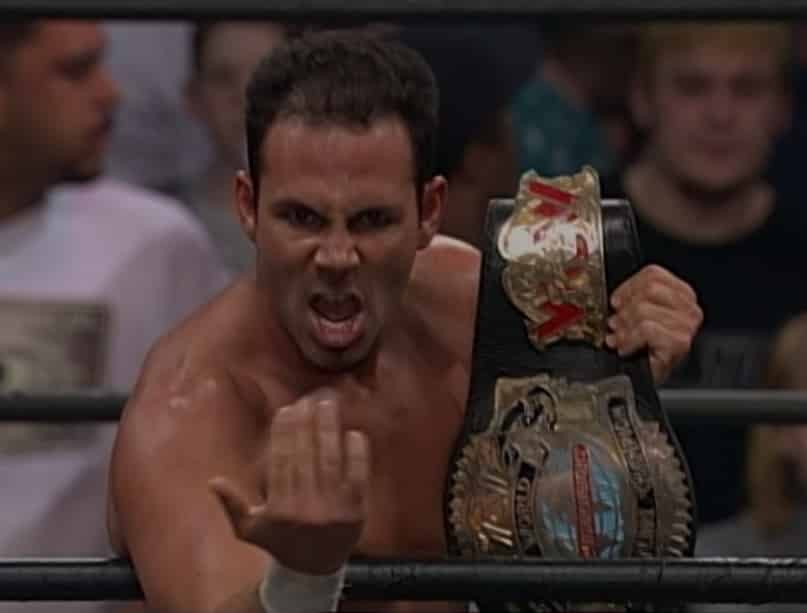
The youngest member of the storied Guerrero wrestling family had been a WCW mainstay since 1996. Though immensely talented in-ring, Guerrero was in the shadow of his legendary uncle Eddie. When Eddie bolted with the other radicals to the WWF in 2000, WCW capitalized on the younger Guerrero’s talent by changing his name to Lieutenant Loco and stuck him in the Misfits in Action. It was not good. With Bischoff in the infant stages of his plan, the plan was for Guerrero to anchor the reinvigorated cruiserweight division along with Rey Mysterio Jr., Billy Kidman, and Sugar Shane (not yet a Hurricane) Helms.
Muse took the opportunity and ran. Not only did he write three months of stories elevating Guerrero, but he also took to booking the entire division, including the newly minted Cruiserweight Tag Team Titles, which, shortly after his meeting with Bischoff, would be won by Kid Romeo and Elix Skipper.
“I’m kinda like the alternate timeline guy for 2001,” Muse jokes.
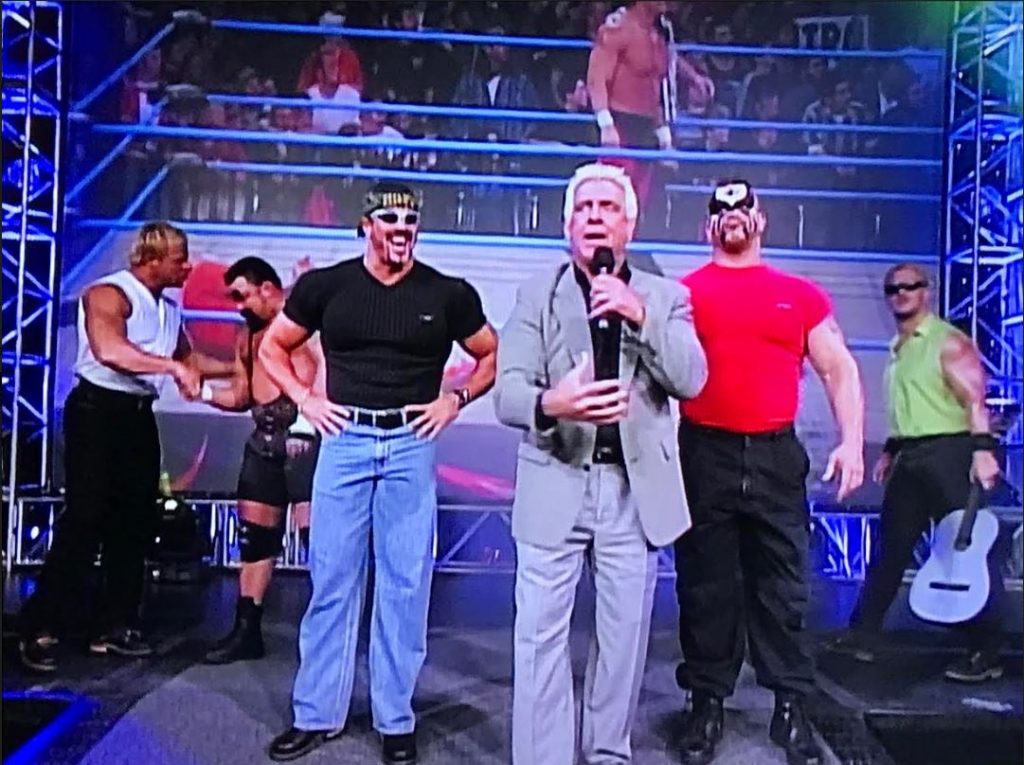
At the time, Ric Flair, the on-screen WCW CEO, was leading a heel stable known as The Magnificent Seven. Flair was joined by Lex Luger, Buff Bagwell, Jeff Jarrett, Rick & Scott Steiner, and Road Warrior Animal. The group was the final villain stable to be prominently featured on WCW television. Ironically, the team was also known as The Elite. Muse’s story purposed taking Guerrero, already the heel Cruiserweight Champion being courted by Flair into the Elite (which we will call the group for the rest of this article because Chavo throws off the Seven name, and it sounds cooler). However, having followed the product for the past decade is suspect of Flair’s intentions. To sweeten the deal, Flair offers to put Chavo in charge of the entire division, “the Cruise Director.”
Flair’s assistant, Mike Sanders (he of the “Above Average”) set about wreaking havoc across the division so that Chavo remains the strongest member and remaining champion. Amongst their plans is a G1-style round-robin tournament, pitting the rest of the division against itself, with the Elite manipulating behind the scenes. However, it becomes evident that Sanders’s schemes have more to do with serving Flair and the Elite than keeping Chavo as the force of the division. Eventually, Chavo discovers that, like Sting before him, he is just another pawn on Flair’s chessboard. Chavo fights back against The Elite, leading to a final showdown between the new force of the Cruiserweights and the man who defined the Heavyweight Division for a generation: Chavo Guerrero vs. Ric Flair.
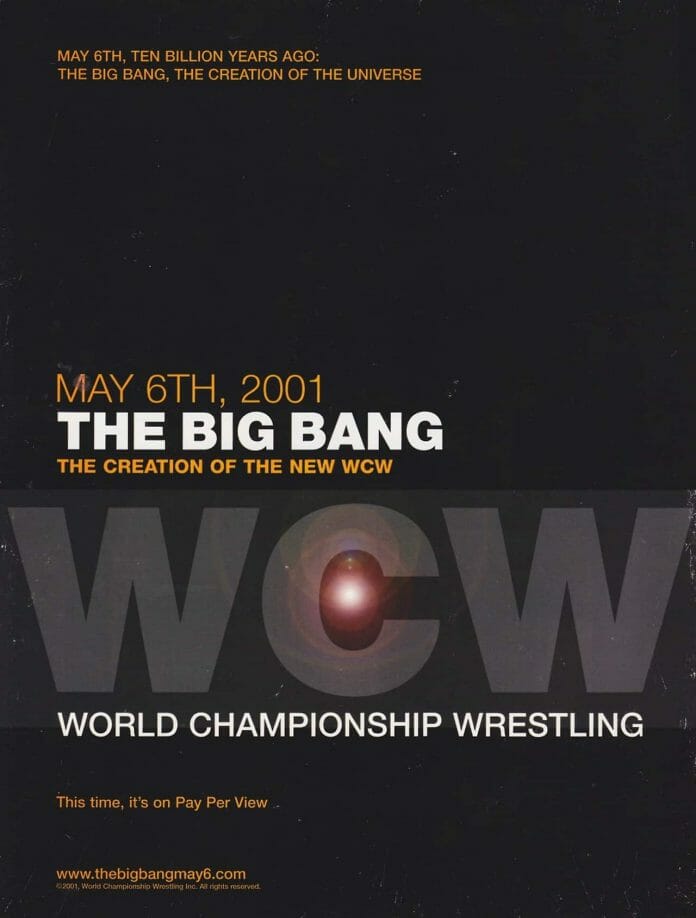
This proposed storyline could have fit well with Bischoff’s rebranding plans, which would have seen WCW move its base to Las Vegas and relaunch at the company itself at a pay-per-view called The Big Bang. Bischoff has gone on record saying a new WCW commentary team of Joey Styles and Don Callis (the man Christian Cage dubbed a “carnie piece of shit”). Bischoff liked the pitch and flew Muse to Scottsdale, AZ, where the two met and discussed the potential relaunch in February 2001. Muse says by the end of a meeting with Bischoff, Muse left with the Cruiserweight booker position on the new creative team. There was also some talk of working with either New Japan and Ultimo Dragon’s Toryumon group, which evolved into today’s DragonGate.
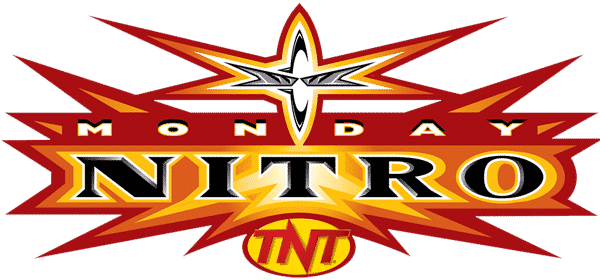
Unfortunately, a few week after this meeting took place, the deal with Fuscient fell apart when Turner announced that they were canceling Nitro and Thunder. As Bischoff has stated on multiple occasions, WCW was essentially worthless to anyone except WWF without the television deals. As quickly as John Muse found himself in the insane world of mainstream pro wrestling, he was back on the outside. The Turner Network’s decision to cancel World Championship Wrestling changed the very evolution of the business.
As we reflect on the third outing of AEW’s All Out, there’s a renewed vigor in wrestling. With CM Punk’s first match, the the arrival of Bryan Danielson, Adam Cole, and Ruby Soho, and the spirit of the competition, the spirit of WCW lives again in Chicago. After two full decades, professional wrestling has only now climbed back to where things were in those days early in the twenty-first century. As for John Muse, he still follows the business and still has notebooks full of ideas. He’s still a fan with imagination and passion for the business he loves.
The question remains: if Tony Khan or Vince McMahon came to you and asked the same question Eric Bischoff proposed to John Muse two decades ago, what would you do?
